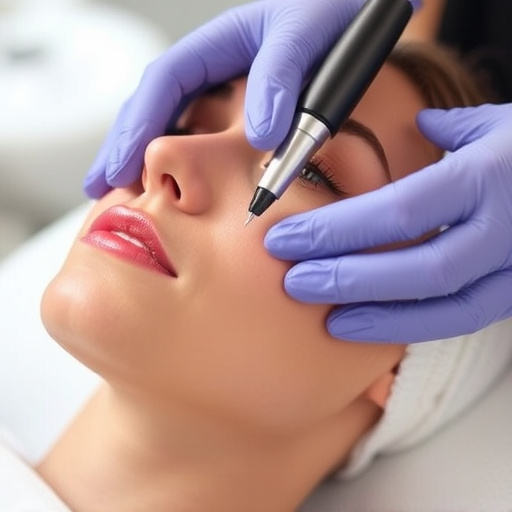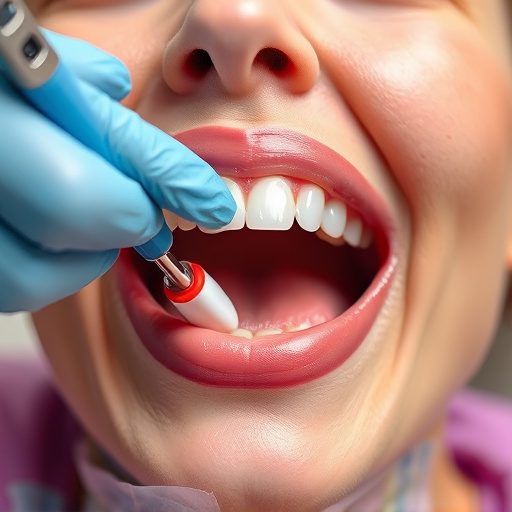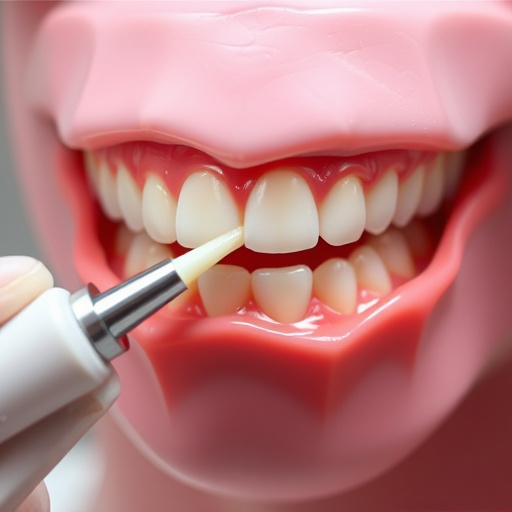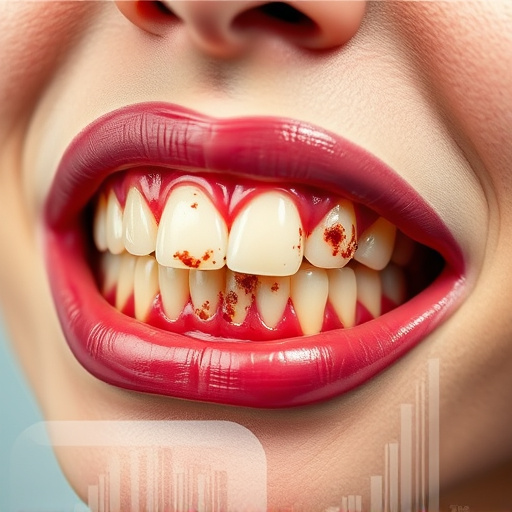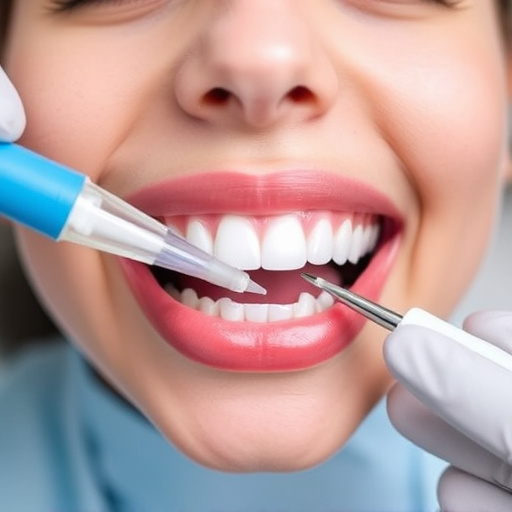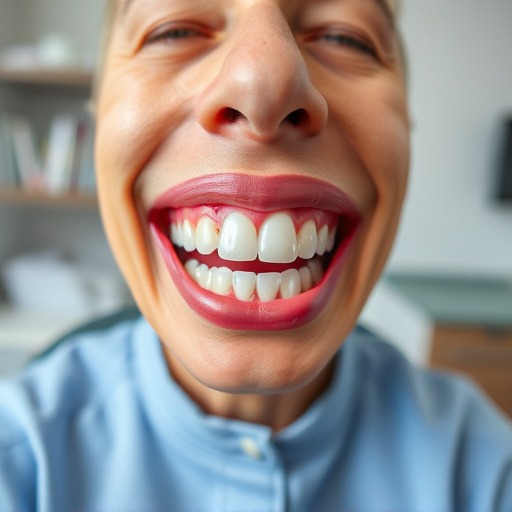Multiple teeth replacement is a revolutionary dental solution for significant tooth loss, offering permanent, natural-looking alternatives to dentures or bridges. This procedure improves chewing function, speech clarity, and self-confidence while preserving jawbone integrity. Consulting with a dental professional is crucial to determine solutions like crowns, implants, or bridges based on individual needs. The process involves detailed planning, removal of damaged teeth, placement of implants, and fitting custom-made crowns or bridges for optimal functionality and aesthetics.
Multiple teeth replacement, also known as full arch restoration or dental implants, offers a transformative solution for those with missing teeth. This innovative procedure replaces an entire upper or lower arch with natural-looking, functional prosthetics. In this article, we’ll explore the comprehensive process of multiple teeth replacement, its numerous benefits, and guide you through choosing the right solution. From understanding the procedure to post-operative care, discover how this advanced dental technique can restore your smile and confidence.
- Understanding Multiple Teeth Replacement: The Process and Benefits
- Choosing the Right Solution for Your Upper or Lower Arches
- What to Expect During and After the Procedure
Understanding Multiple Teeth Replacement: The Process and Benefits

Multiple teeth replacement is a comprehensive dental solution for patients with significant tooth loss in either the upper or lower arches. This advanced procedure offers a permanent and natural-looking alternative to traditional dentures or bridges, addressing both aesthetic concerns and functional challenges. The process involves strategically placing multiple artificial teeth (implants) into the jawbone, serving as a robust foundation for a new set of teeth that mimic the look and feel of natural ones.
By opting for multiple teeth replacement, individuals can experience numerous benefits, including improved chewing functionality, enhanced speech clarity, and a significant boost to self-confidence. Beyond restoring oral health, this procedure is also considered an essential aspect of preventive dentistry, as it helps maintain the structural integrity of the jawbone and prevents further bone loss, a common consequence of tooth absence. Comprehensive dental care rarely offers such a transformative solution, making multiple teeth replacement a game-changer for those seeking to restore their smile and bite.
Choosing the Right Solution for Your Upper or Lower Arches
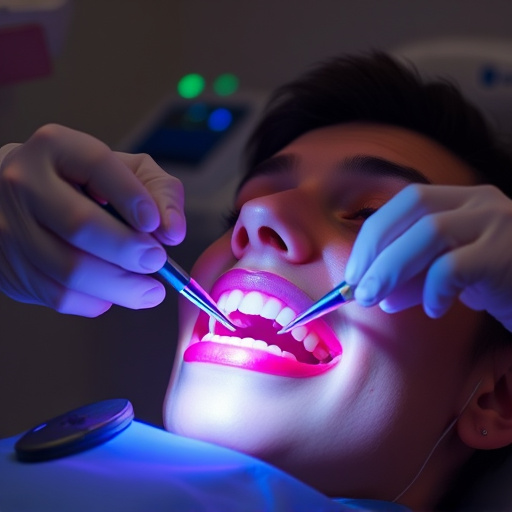
When considering multiple teeth replacement for your upper or lower arches, it’s crucial to consult with a dental professional who can assess your unique needs and guide you towards the best solution. The first step involves understanding the extent of damage or loss, as well as the overall health of your remaining teeth and gums. This will determine whether dental implants, bridges, or dentures are the most suitable options for your case.
Dental crowns, a popular choice for both upper and lower arches, offer a long-lasting solution when properly maintained through regular teeth cleaning and preventative dentistry practices. Implants, while more costly and invasive, provide a permanent and natural-looking replacement that can improve chewing function and preserve facial structure over time. Bridges are another option, especially if you have several adjacent healthy teeth; they offer a cost-effective alternative to implants but may require additional maintenance compared to other methods.
What to Expect During and After the Procedure
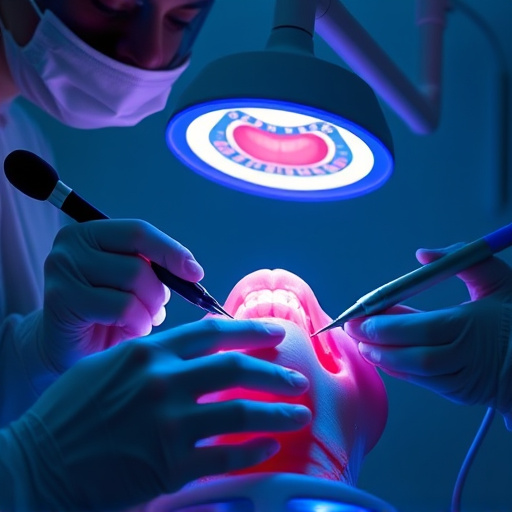
During the multiple teeth replacement procedure, patients can expect a comprehensive process designed to restore their oral health and smile aesthetics. The initial stages involve detailed planning where dentists assess the mouth’s condition, take impressions, and discuss expected outcomes. This consultation ensures that the final result aligns with individual preferences and needs. The actual procedure often includes local anaesthesia to ensure patient comfort, after which the dentist removes the damaged or missing teeth. This step is followed by placing dental implants, a process that can vary in duration depending on the complexity of the case.
Post-procedure, patients typically experience some mild discomfort and swelling, which is manageable with prescribed medications. It’s important to follow the dentist’s aftercare instructions carefully for optimal healing. Over several months, the implants integrate with the jawbone, providing a solid foundation for the final restorations. This phase involves crafting custom-fitted crowns or bridges, often using advanced cosmetic dentistry techniques to ensure a natural and aesthetically pleasing result. Restorative dentistry plays a significant role in this process, ensuring not just functionality but also the long-term health of the restored teeth and gums.
Multiple teeth replacement offers a comprehensive solution for those with missing teeth, providing both aesthetic and functional benefits. By choosing the right implant method for your upper or lower arches, you can expect improved oral health, enhanced chewing ability, and a restored smile that lasts. The procedure’s success relies on meticulous planning and skilled execution, ensuring patients can regain confidence in their bite and appearance. With proper aftercare, multiple teeth replacement can profoundly impact one’s quality of life, encouraging individuals to embrace a brighter, more complete dental future.

